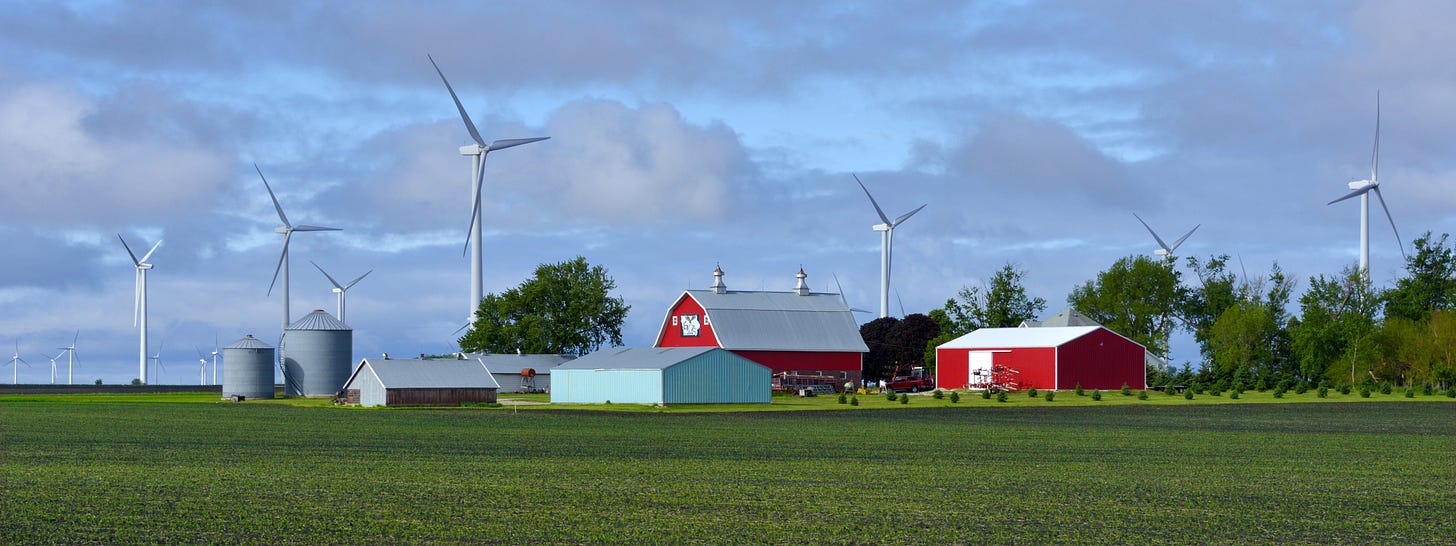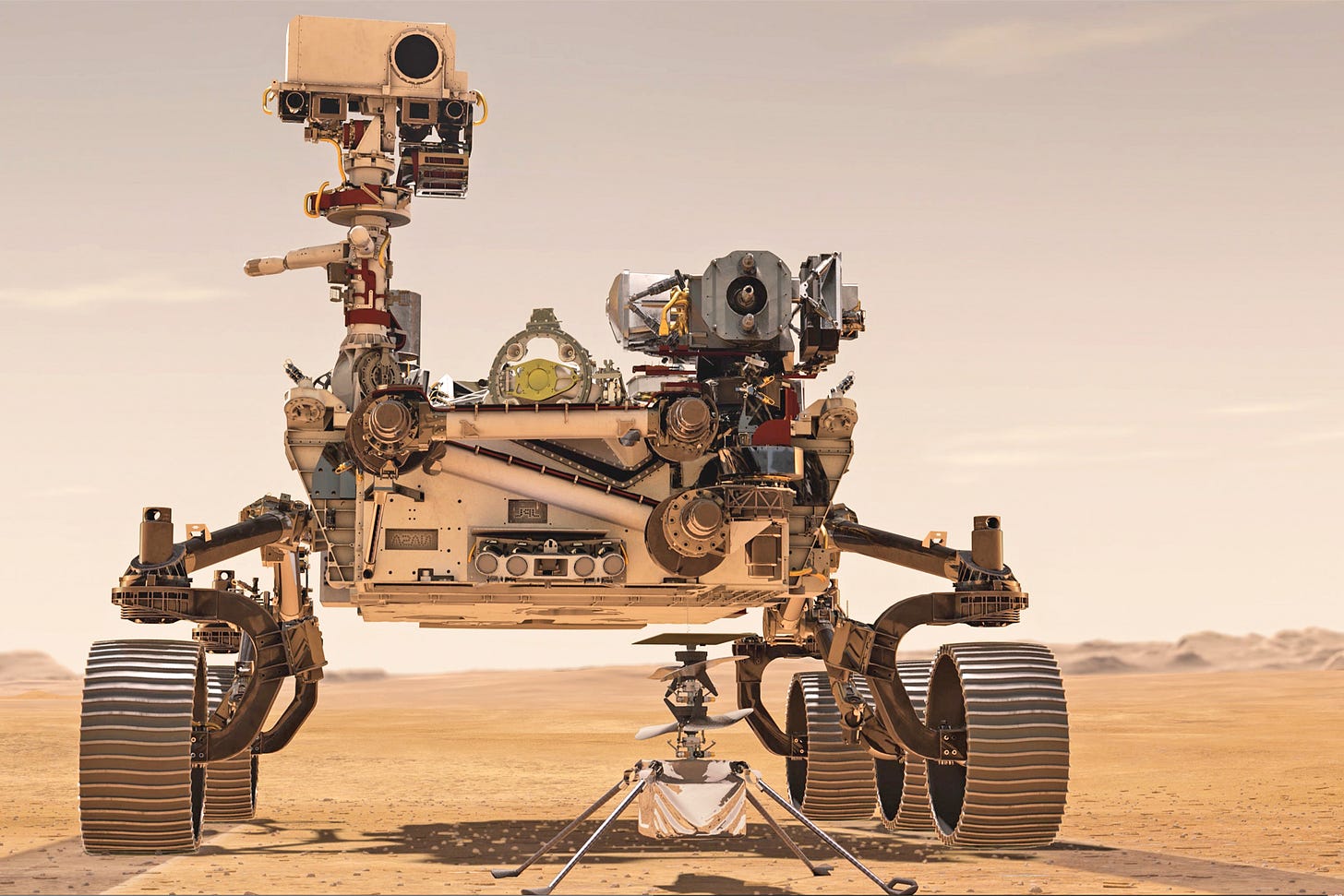
Hello Substack subscribers and readers. As many of you know, I have been exploring the world documenting the beauty of the planet while also witnessing the climate changes in real time, especially in the polar regions.
What I’ve learned is that the rapid changes in the poles are not staying there. The jet stream, the circumpolar winds, are destabilized and disrupting weather patterns to the south including strong winter storms along the Gulf Coast and deep into Texas.
My friend and colleague, meteorologist Chris Gloninger, wrote in his Substack this week in relation to the tragic Texas flooding that, “Texas leads the nation in billion-dollar weather disasters. The state has been hit by 171 separate billion-dollar weather and climate catastrophes from 1980 through 2024 – far more than any other state.”
A few years back I did some exhibits and speaking about climate change in Des Moines. I purposely singled out Texas for their lack of response to the changing climate and the devastating costs accumulating in the Lone Star state because of their collective climate denial.
It was also during this time I met Chris Gloninger for the first time. We met over our mutual interest in the #climatecrisis and the lack of urgency in climate action. Texas and Iowa were central themes. Below is a story from my 2022 exhibit in Des Moines.
On February 18, 2021, after 300-million miles traveling through our solar system, NASA's Mars 2020 Perseverance Rover landed successfully on the Red Planet. The rover immediately started its mission searching for signs of ancient microbial life, which will advance NASA's quest to explore the past habitability of Mars. The mission will also assess the current environment of the planet and provide a blueprint for future human expeditions to a new world in our solar system.
The Perseverance Rover also carried a unique passenger, the Ingenuity Helicopter, which launched successfully to become the first flight ever on a foreign world. NASA engineers remotely launched and controlled the helicopter and proved that future missions can have land-based operations along with aerial missions, reconnaissance and research projects running simultaneously on a new world.
We can now land rovers and fly helicopters (drones) on distant planets. How remarkable is this?

Now, pause for a moment and imagine the theories, modeling, planning, investment, and implementation to make the Perseverance Mission a success? These same scientists assessing a foreign planet's habitability are the same people I trust to advise the rest of us that our own planet is threatened by climate change. They are also the experts to provide a blueprint to a clean, sustainable future with a return to a stable climate.
At the same moment we were landing a spacecraft on Mars, here on planet earth, a climate-fueled winter storm, named Uri, raced through Texas, and knocked out the power grid of a large southern state. Yes, in America, on planet earth, our home planet, we could not even turn on the lights.
It makes perfect sense that the first completely failed energy grid would be in the state of Texas, a state known for running on big oil and fossil fuels and known for not working well with others. By dismissing climate science and refusing to build resiliency into their energy sector, a long predicted extreme weather event caused catastrophic failure to the state's energy infrastructure. Natural gas systems failed miserably, but no sector was spared, including renewables, although renewable energy makes up a small fraction of the state's needs.
After a brutal 2011 winter storm caused widespread grid failure, a federal study presented to the state of Texas suggested the energy sector needed to invest $10 Billion into building "resiliency." With an unstable climate, the energy infrastructure needed protection from extreme weather events, just as winter storm Uri. The industry balked at the expense. Ten years later, winter storm Uri is estimated to have cost the state of Texas $190 Billion. Climate change is a threat multiplier.

Texas is but one example of not making sound business decisions because of systemic science denial. Climate risk is now investment risk and taxpayers should take note. Do we want to keep building, and rebuilding, infrastructure, and energy systems the same as we have for decades? Or as an alternative, do we want to build new, resilient, and clean infrastructure with renewable energy systems to meet the demands of extreme weather events and a changed climate? Perhaps the time has arrived to adapt and change.
So where do we begin this process? Again, I turn to science for a blueprint on how to make the transition work and when it can be implemented. Just as planning a long mission in space, scientists are modeling what a transition to a 100% clean energy America looks like.
A Stanford University study led by Professor of Civil and Environmental Engineering, Mark Jacobson, has just produced a finding that clearly demonstrates a stable transition to 100% clean, renewable energy using wind, water, solar (WWS) plus storage. The models were run for the years 2050-51 with a 30-year transition. This includes all energy sectors: electricity, transportation, buildings and industry.
What makes the finding so unique is it brings together the answers to dispel the fears and misinformation that a transition to clean energy faces. An applied system built on WWS and storage avoids blackouts while lowering energy requirements and consumer energy costs. There are many other benefits like millions of new American jobs, improved air, and water quality, improved public health and one other interesting finding, this model reduces the energy sector's physical footprint of land use.
What would such a system look like in practice? It would look a lot like the state of Iowa which already produces 60% of its energy from wind resources developed over the last 30 years. If Iowa keeps on this path, adds solar and energy storage we can become the first 100% clean, renewable energy state. Iowa would become an energy powerhouse along with maintaining, enhancing, and diversifying the agricultural economy. We desperately need new thinking, and inspiring goals, to retain the next generations of Iowans the state so sorely needs.
As an Iowan, I am stubbornly optimistic and still envision a future with great hope. As a resident of the Iowa Great Lakes, I also see a model, a blueprint for more public lands, protected waters and healthy outdoor recreation applied throughout the state. Combined with a clean energy economy, these ideas form a pathway to transition hope, into reality. In this era of climate crisis, failure is not an option.

Have you explored the variety of writers in the Iowa Writers’ Collaborative? We are writers and creators from around the state and contribute commentary and feature stories of interest to those who care about Iowa. Please consider a paid subscription.





The same Stanford prof, Mark Jacobsen, conducted research around 2009-2010 showing that ethanol fuel blends put out exhausts that were as dangerous as the exhausts from gasoline, although the types of gases were somewhat different. I his work while at the Iowa Environmental Council, but the Council couldn't its work compromise its work with ethanol production at the time. I digress. The bigger picture is that ethanol is not better for human health, it is not better for the climate, it is not better for taxpayers who fund alternative energy, it is not better for the economy, and it is not an improvement in miles per gallon for vehicles. Now that the carbon pipelines have been proposed, the whole ethanol thing looks like a giant boondoggle that should have been better vetted by research from the get-go.
Except for a somewhat less centralized energy and transmission system, Texas 'R' Us, here in Iowa. Our politics is equally stunted.
I live in flash flood alley about 100 miles from Kerrville. I am doing a deep dive on my substack on this topic and emergency management generally.
https://open.substack.com/pub/sharonlawrence/p/climate-environment-and-emergency-b30?utm_source=share&utm_medium=android&r=a5esd
This was a preventable tragedy!